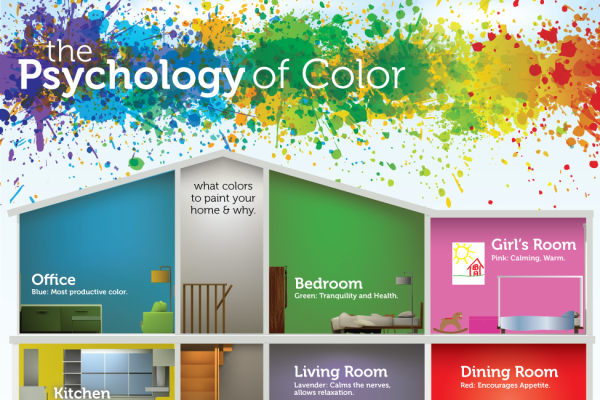Enhancing Restricted Rooms: Color Techniques To Produce An Illusion Of Roominess
Enhancing Restricted Rooms: Color Techniques To Produce An Illusion Of Roominess
Blog Article
Uploaded By-
In the realm of interior design, the art of taking full advantage of little areas via critical painting techniques offers a profound chance to change confined areas right into aesthetically extensive shelters. The cautious choice of light shade schemes and brilliant use visual fallacies can work marvels in developing the impression of space where there seems to be none. By utilizing these methods judiciously, one can craft an atmosphere that defies its physical boundaries, inviting a feeling of airiness and openness that hides its actual dimensions.
Light Shade Choice
Selecting light shades for your painting can significantly boost the impression of room within your artwork. Light shades such as soft pastels, whites, and light grays have the capacity to mirror more light, making a room really feel more open and airy. These shades create a sense of expansiveness, making walls show up to recede and ceilings appear greater.
By utilizing light shades on both wall surfaces and ceilings, you can blur the borders of the room, providing the impact of a larger location.
Furthermore, light colors have the power to bounce all-natural and synthetic light around the space, lightening up dark edges and casting less darkness. This impact not just contributes to the overall large feeling however likewise creates a much more welcoming and lively environment.
When choosing light shades, take into consideration the touches to make certain consistency with other components in the area. By purposefully integrating light colors into your paint, you can change a restricted room right into a visually larger and more inviting environment.
Strategic Trim Painting
When aiming to produce the impression of area in your paint, critical trim painting plays an important duty in defining borders and improving depth perception. By purposefully picking the shades and surfaces for trim job, you can effectively adjust exactly how light communicates with the room, inevitably influencing how big or tiny an area really feels.
To make a room appear bigger, think about repainting the trim a lighter shade than the wall surfaces. This contrast develops a feeling of deepness, making the wall surfaces decline and the area really feel more expansive.
On the other hand, repainting the trim the very same shade as the wall surfaces can develop a smooth appearance that obscures the sides, offering the illusion of a continual surface area and making the boundaries of the room less defined.
Additionally, utilizing a high-gloss coating on trim can reflect extra light, further enhancing the assumption of room. Conversely, a matte finish can take in light, developing a cozier ambience.
Meticulously taking into consideration these details when painting trim can significantly affect the overall feeling and viewed dimension of a space.
Visual Fallacy Techniques
Making use of visual fallacy methods in painting can successfully alter assumptions of depth and room within a given environment. interior painting minneapolis is the use of gradients, where colors shift from light to dark tones. By applying a lighter color at the top of a wall surface and slowly darkening it in the direction of all-time low, the ceiling can show up greater, producing a sense of vertical room. Alternatively, painting the floor a darker shade than the walls can make it appear like the area expands further than it really does.
An additional visual fallacy technique entails the strategic placement of patterns. Straight red stripes, for example, can visually expand a narrow area, while upright red stripes can elongate an area. Geometric patterns or murals with perspective can additionally deceive the eye into regarding more depth.
In addition, including reflective surface areas like mirrors or metallic paints can bounce light around the space, making it really feel more open and large. By skillfully utilizing these optical illusion methods, painters can transform tiny spaces right into aesthetically expansive locations.
Verdict
In conclusion, strategic painting methods can be utilized to optimize tiny areas and create the impression of a bigger and a lot more open location.
By choosing straightline interiors for walls and ceilings, making use of lighter trim colors, and incorporating optical illusion techniques, perceptions of deepness and size can be manipulated to transform a tiny area into a visually bigger and a lot more welcoming setting.
